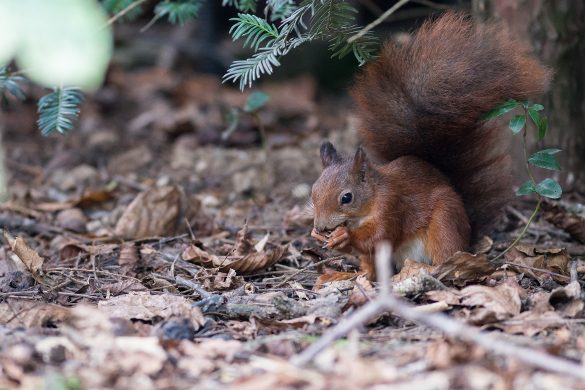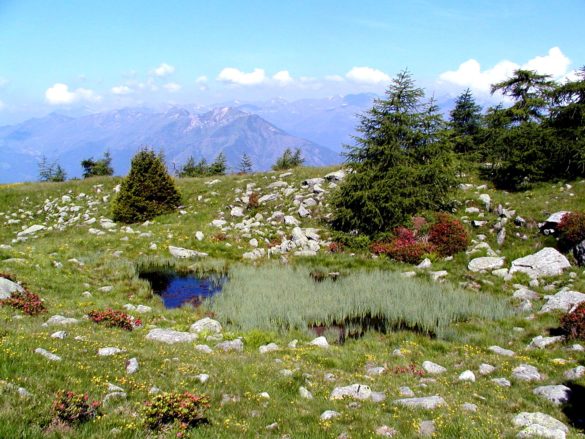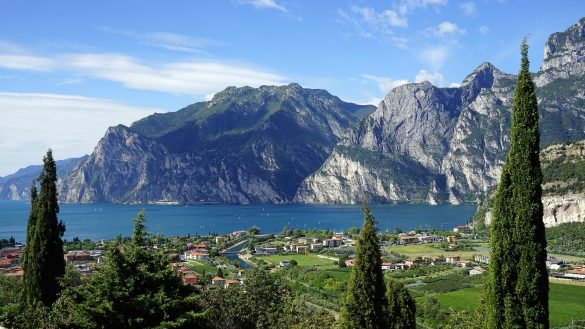Eradication and control of the grey squirrel: actions for preservation of biodiversity in forest ecosystems.
One of Italy’s largest and most densely populated regions, Lombardy lies in the north of the country, sharing a border with Switzerland. It is the region with the largest overseas trade in Italy and also one of the most industrialised areas in Europe.
Invasive species represent a major threat to biodiversity and conservation efforts and in the worst cases, can lead to the extinction of native species. The American grey squirrel is a well-known example, responsible for wiping out populations of native red squirrels. As happened across the British Isles, northwestern Italy also experiences the same problem and with it comes potential issues further afield if their presence spreads, to other countries. The grey squirrel also has knock-on effects for the entire ecosystem, by damaging trees.
Lombardy has a regional ecological network of connected sites to protect biodiversity by safeguarding areas of land not included in regional protected areas. Lombardy has promoted specific actions to improve the conservation status of species and habitats at risk of extinction.
The EC-SQUARE (or rossoscoiattolo – red squirrel) project focused on preserving red squirrels and managing grey squirrels as invasive species. It was a LIFE consortium project co-funded by the EU and the Lombardy regional authority was the project coordinator. The other project partners included: Piedmonte region, Liguria region, Turin University, University of Insubria, University of Genoa and Oikos. It ran between Sept 2010 and March 2015 and had a budget of 1,930,000 Euros (48.7% EU, 46.1% partners, 7.7% Ministry of Environment, Land and Sea). It was a project in partnership with 2 other Italian regional authorities designed to combat the threat posed by the grey squirrel in the area.
The main objective of the project was to control and eradicate threats caused by grey squirrel (and other non-native squirrel species) in the forests of three regions in northern Italy: Lombardy, Liguria and Piedmont. The project’s goals were to make decision making about protection as efficient as possible, to understand best practice for grey squirrel control and raise awareness of and improve habitat quality for the red squirrel.
What did the project focus on?
The project had 3 main areas of focus: monitoring how many grey squirrels there were to understand the best way to tackle them, assessment – developing detailed plans for action and preparation of the documentation needed to ban the trade of non-native squirrel species. Grey squirrels were then removed from large areas to eradicate the populations and to allow for red squirrels to recolonise these areas. This was followed by the reintroduction of red squirrels into areas where it had been extinct.
The project also developed guidelines for managing forests to promote red squirrel habitation, provided specific feeders for red squirrels and enacted measures to encourage the presence of red squirrels in urban parks. A campaign to raise awareness of the issues ran throughout the project’s lifespan.
What did the project achieve?
Some 2200 non-native species were eradicated in the region, with grey squirrels being removed from 3,000 hectares of forest. Removal activities took place in 4 macro areas of Lombardy, with spontaneous recolonisation of red squirrels observed on some sites. Through the awareness raising activities of the project, more than 200 classes were directly engaged with environmental education – that’s more than 4000 students.
Subsequently, a national trade ban has been approved, with grey squirrels becoming the first vertebrate species to be subject to a ban in trade for reasons other than sanitation in 2012. The EC Square project’s risk assessment is now used as a reference document for EU member states.
Lessons learned
The project encountered opposition from animal rights advocates and local communities when it started, which delayed plans. The awareness-raising component of the project was the key to progress. Informing people about invasive alien species and forest biodiversity problems made a positive difference to their understanding of the issues and engaging with them demonstrated the importance of communication in projects such as this.
The project also highlighted that controlling invasive alien species requires great (and continuous) effort and that a solid personnel is required to make the efforts a success.





